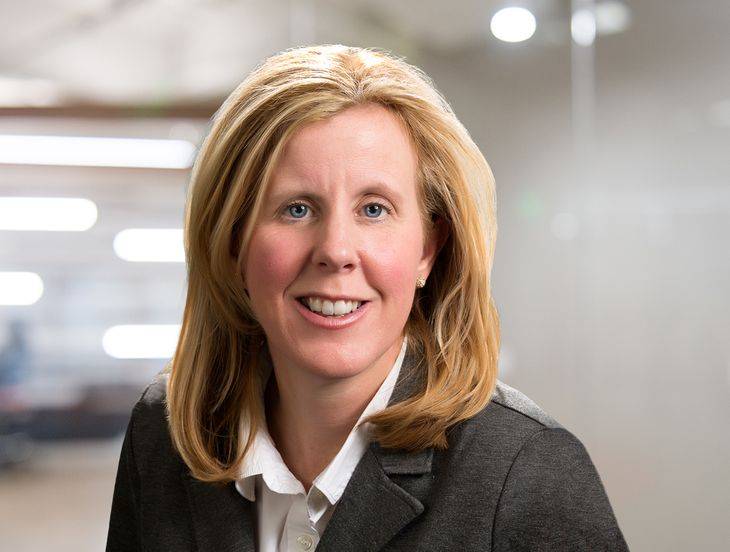FP Weekly Checklist: How Stay Interviews Can Help Curb Career Cushioning
Insights
2.10.23
Each week, FP Weekly members receive a practical and cutting-edge checklist of issues to consider, action steps to take, and goals to accomplish to ensure you remain on the top of your game when it comes to workplace relations and employment law compliance. This week we provide you a checklist of questions to ask during a stay interview to help you be proactive and retain high-performing employees who may be “career cushioning” or engaging in activities to help them land their next role.
What is Career Cushioning?
“Don’t quit your current job before you find a new one.” Most people have heard this advice — and it’s taking on a new spin in times of economic uncertainty. Workers are updating their resumes, contacting recruiters, and sharpening their skills so they’re ready for the next move. Your workforce may be engaging in these so-called “career cushioning” activities either to advance their careers or cushion the landing if they find themselves on a layoff list. While career cushioning can help employees take control in uncertain times, this trend might lead you to lose your star performers, face higher turnover rates, and manage lower productivity when employees are focused on their next move rather than their tasks at hand.
In today’s unpredictable environment, some companies are preparing for layoffs, while others are facing labor shortages and struggling to keep key positions filled with top talent. Either way, you’ll want to ensure the high performers aren’t lured away before you have a chance to touch base with them and potentially make improvements that will increase moral and job satisfaction. As you know, it’s probably too late to convince an employee to stay when they’ve already found another job and given their notice. That’s why “stay interviews” can be beneficial for your company and your employees.
What is a Stay Interview?
While an “exit interview” is generally conducted with a departing employee before their last day, a stay interview serves as a temperature check with a high-performing, longer-term employee. The goal is to improve employee engagement and morale and address any concerns your employees have before they decide to leave.
In a stay interview, you’ll ask the employee what makes them keep coming back to your organization each day, what improvements can be made, and what career objectives they have.
Ideally, the employee’s immediate manager will conduct the stay interview at a time that doesn’t coincide with a performance appraisal — after all, you’ll want the employee to be open and honest and understand that the conversation isn’t tied to their annual review. Furthermore, while HR certainly can – and should – be involved in the process, it’s important for the direct manager to conduct the interview when possible and show support for the employees they interact with on a regular basis.
How to Prepare for the Interview
You should consider these tips as you develop your stay interview program:
|
_____ |
Be consistent in your selection process. While you may want to interview employees who have a certain amount of tenure or seniority, following an objective and consistent process is key – because you don’t want to look like you’re playing favorites. Consider making this an annual process and picking a certain time each year to conduct all stay interviews. This allows you to gather information, develop a plan, and provide feedback to all participants around the same time. |
|
_____ |
Be transparent and positive. Make sure the employee knows your objectives ahead of the meeting. This should be a positive experience, and you’ll want them to feel calm and prepared. Remember to focus on the positive aspects of the job as well as areas they think can improve. You can start the interview by telling the employee they are valued and you appreciate their dedication and contributions — and you can end by summarizing what you learned and how you plan to follow up. |
|
_____ |
Pick a comfortable location. Perhaps you’ll meet with employees in your office. But depending on your work environment and company culture, you may want to pick a casual offsite location to conduct interviews. Maybe you’ll decide to meet at a coffee shop, lunch spot, or outdoor courtyard on your business campus. If your workers are remote, consider holding the meeting on Zoom rather than on the phone so you can still have a face-to-face chat. Wherever you decide to meet, make sure the spot is comfortable, quiet, and private enough for a candid conversation. |
|
_____ |
Act on what you learn. Remember that it’s not enough just to meet with employees. In order for this process to add value to your employee satisfaction, engagement, and retention programs, you’ll want to create a plan and follow through on making realistic improvements. |
|
_____ |
Communicate your plan. This is a very important part of the process. Employees will want to know what steps you are taking based on the thoughts they shared with you. You may want to explain the things you can’t change — and why — as well as the improvements that you plan to make and any new professional development or career opportunities that may be available based on your conversation. You can decide how much detail you want to provide, but the goal is to ensure employees see the value of the process and positive outcomes. |
Key Questions to Ask
During the stay interview, you’ll want to start with the basics, ask some broad questions, and leave room for specific follow up question that address the employee’s individual experiences and objectives. Here are some sample questions to help get you started:
|
_____ |
Broadly speaking, what do you like most about working here? |
|
_____ |
What do you like the least? |
|
_____ |
With your specific role in mind, what aspects of the job do you enjoy the most? |
|
_____ |
I know we all have tasks we wish we didn’t have to perform. What are some things you wish you could outsource or delegate? |
|
_____ |
What would you change about your current role? |
|
_____ |
Are there any new responsibilities you’d like to take on in the future? |
|
_____ |
What skills do you have that you think are being underutilized? |
|
_____ |
Are there any new skills you’d like to learn or professional development opportunities you’d like to pursue in the next year? |
|
_____ |
What tools do you need to succeed? |
|
_____ |
How can I help you thrive? |
|
_____ |
Is there anything you want me to start doing or stop doing from a management perspective? |
|
_____ |
How would you describe your work-life balance? What can I (or the company) do to help improve your work-life balance? |
|
_____ |
What things could motivate you to stay with (or leave) the company? |
|
_____ |
What is your dream job? |
|
_____ |
Is there anything we haven’t covered that you’d like to discuss? |
Once again, remember to keep the meeting positive and end by thanking the employee for their feedback, summarizing what you learned, and letting them know how you plan to follow up. Taking these steps will let your employees know you care about their job satisfaction and may help you proactively resolve issues before it’s too late to convince your star performers to stay.
Conclusion
We will continue to provide weekly checklists to assist employers with workplace relations and employment law compliance, so make sure you are subscribed to Fisher Phillips’ Insight system to keep up with the most up-to-date information. Please contact your Fisher Phillips attorney or the authors of this Insight if you have any questions.
Related People
-
- Laura Bailey Brown
- Partner
-
- Colleen P. Tandy
- Partner


